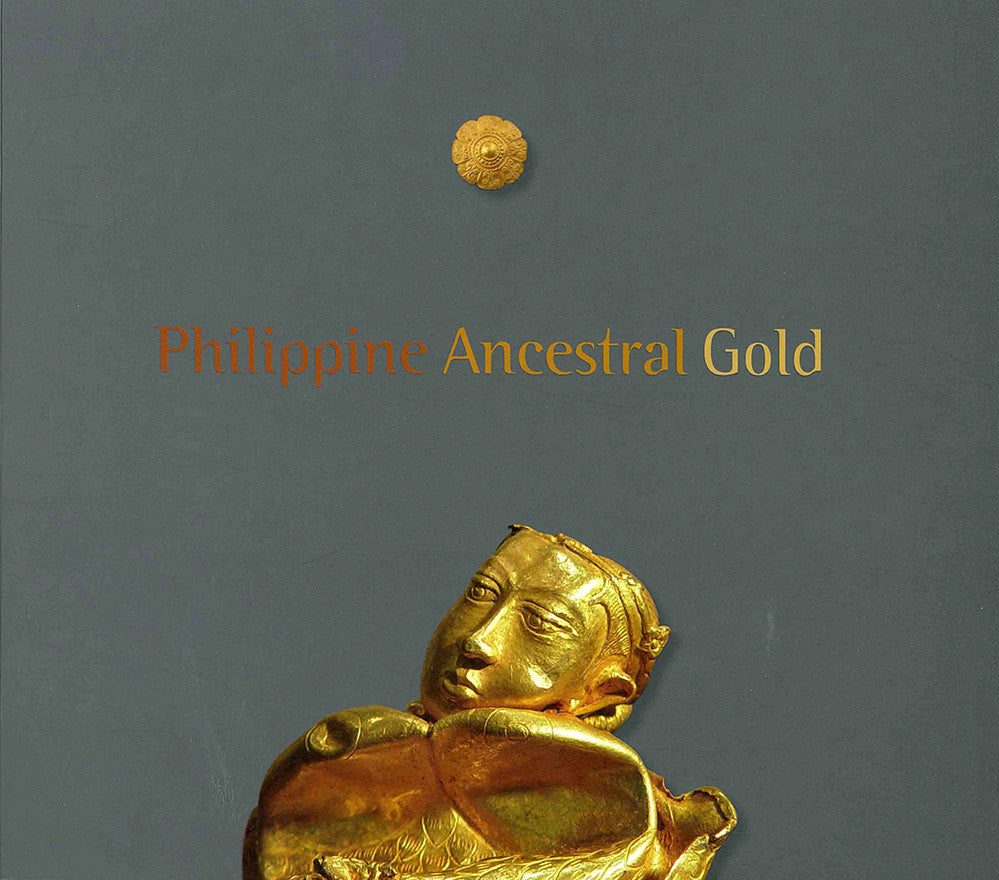Philippine Ancestral Gold
$124.00 SGD
Philippine Ancestral Gold is a spectacular publication in full-color that features more than 1,000 gold objects that were recovered in the Philippines from the 1960s to 1981 and now form part of the collection of the Ayala Museum in Manila. Many of these treasures were found in association with tenth-to-twelfth century Chinese export ceramics, and formal similarities with objects from other Southeast Asian cultures affirm regional affinities and inter-island trade networks that flourished in the region before there was regular contact with the Western world. Adornments of elite individuals and the deities they adored include a spectacular array of golden sashes, necklaces, pectorals, diadems, earrings, finger rings, and arm and leg ornaments.
The book situates these objects within the context of early Southeast Asian history. In the first chapter, Floriana H. Capistrano-Baker outlines the history of the collection and presents an overview of the objects according to over-lapping categories of form, function, technology, and geographic provenance. In the second chapter, John Miksic explains how the collection contributes to a reassessment of the prehistory of Southeast Asia. Miksic notes the persistence of indigenous forms and the localization of imported traditions, and discusses the correlation between burial practices and social organization and suggests that the removal of gold objects from circulation through ritual burial is an indicator of non-hereditary leadership. Chapter 3, John Guy examines the meaning and metamorphosis of forms in comparison with related material recovered in the region. Guy highlights stylistic similarities and differences between the Philippine objects and those from such cultures as Java, Champa, and Borneo. He discusses as well the important role of export ceramics in dating associated gold finds. Chapter 4 describes related finds from the Butuan-Surigao-Agusan region in light of the rise and fall of different polities in Southeast Asia.
This extraordinary collection exists because of the passion and dedication of Leandro and Cecilia Locsin, whose vision of preserving for future generations these marvelous objects provides valuable glimpses into the Philippine precolonial past, and is a remarkable homage to the Filipino people.
"This important book provides a great deal of material that is almost unknown generally outside of the Philippines. Scholars working on many other topics will find it invaluable, especially those tracing the various maritime trade networks that operated throughout the greater Indian Ocean system." - Emma C. Bunker, Asian Art Department, Denver Art Museum
"The authors are among the world's most experienced specialists on this subject, and the line of vision from the Philippines and other parts of island Southeast Asia to the mainland is novel and most inspiring." - Andreas Reinecke
John N. Miksic is Professor in the Department of Southeast Asian Studies at the National University of Singapore. He was the first Head of the Archaeology unit, Nalanda-Sriwijaya Center at the Institute of Southeast Asian Studies. His other works published by NUS Press include Singapore and the Silk Road of the Sea, 1300-1800 and Earthenware in Southeast Asia.
Publication Year: 2012
300 pages, 243mm x 281mm
ISBN: 978-9971-69-562-0, Paperback
ISBN: 978-9971-69-652-8, Hardback
NUS Press and Ayala Foundation

